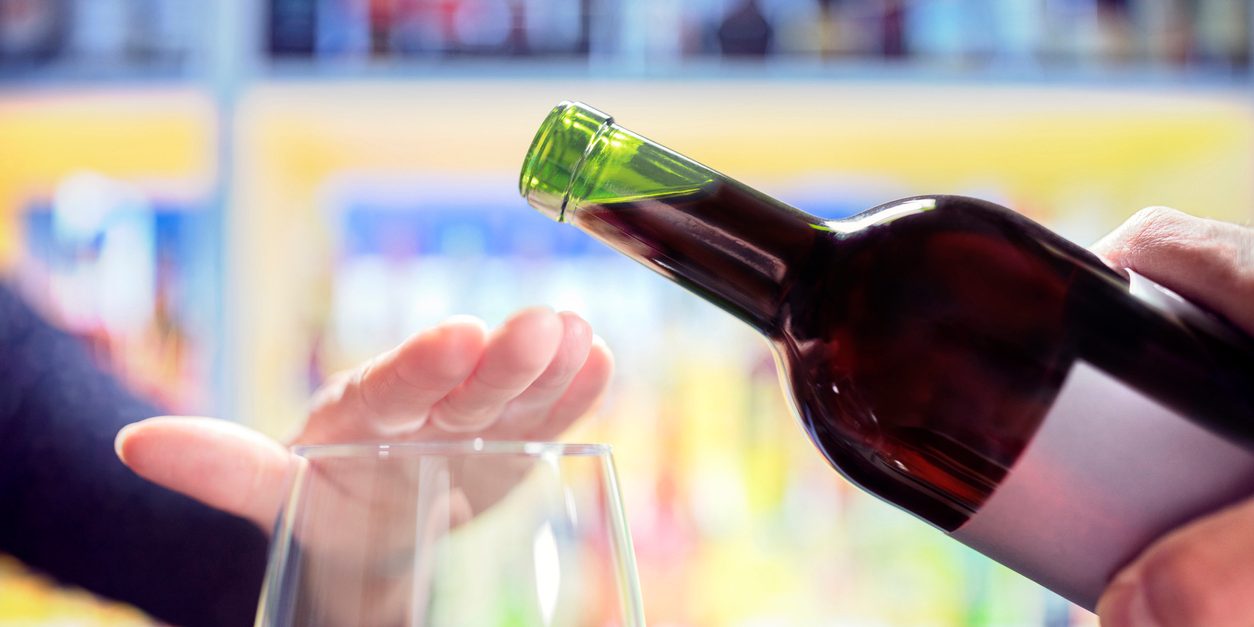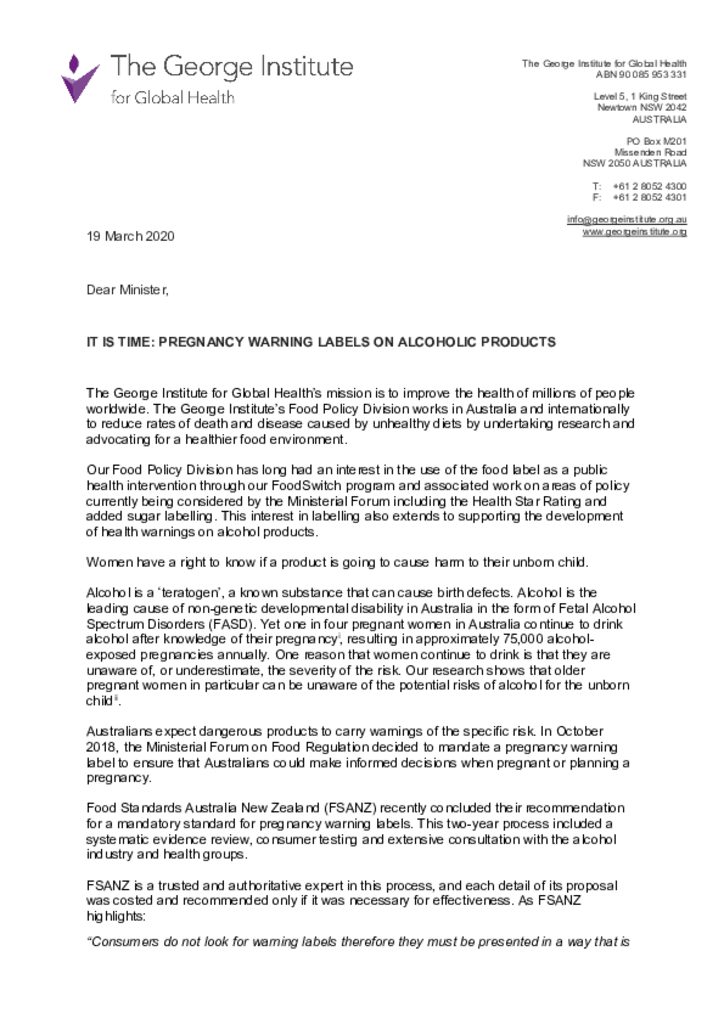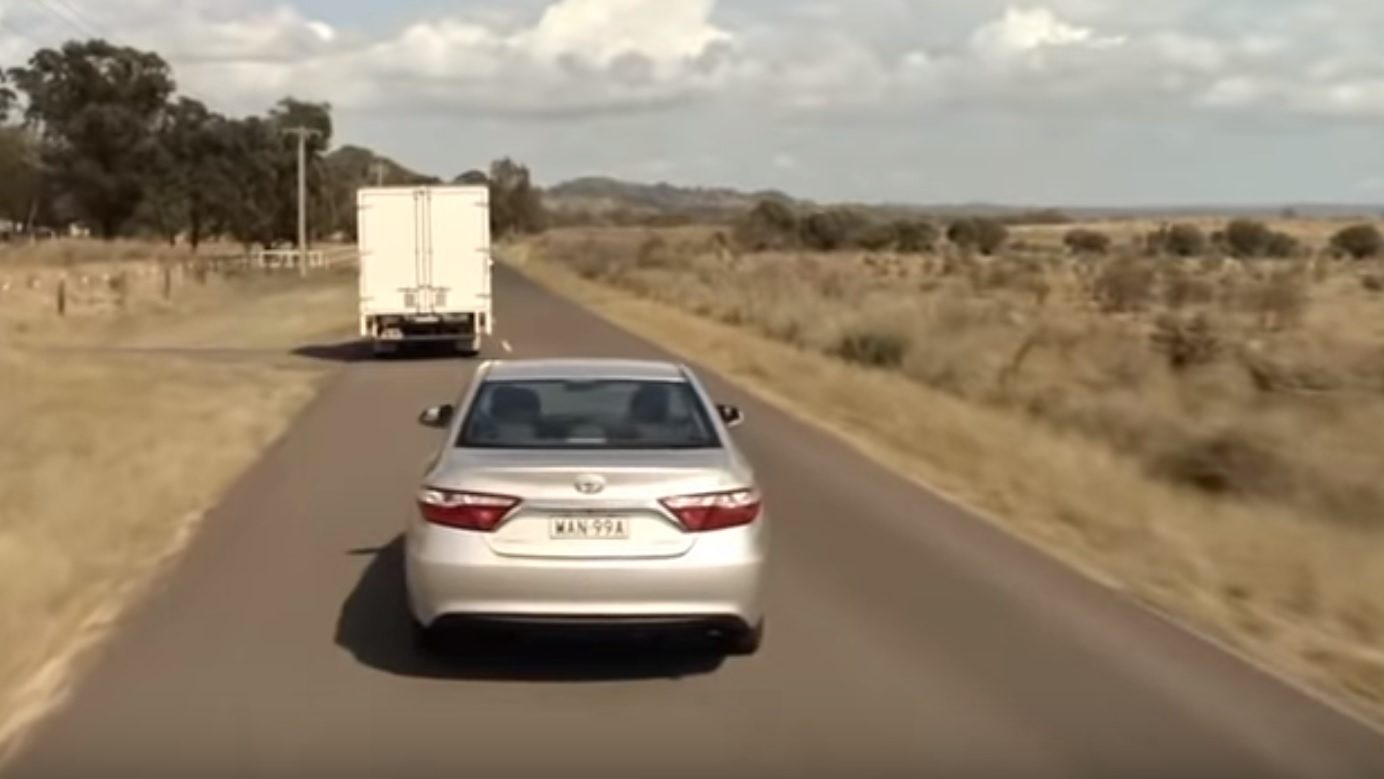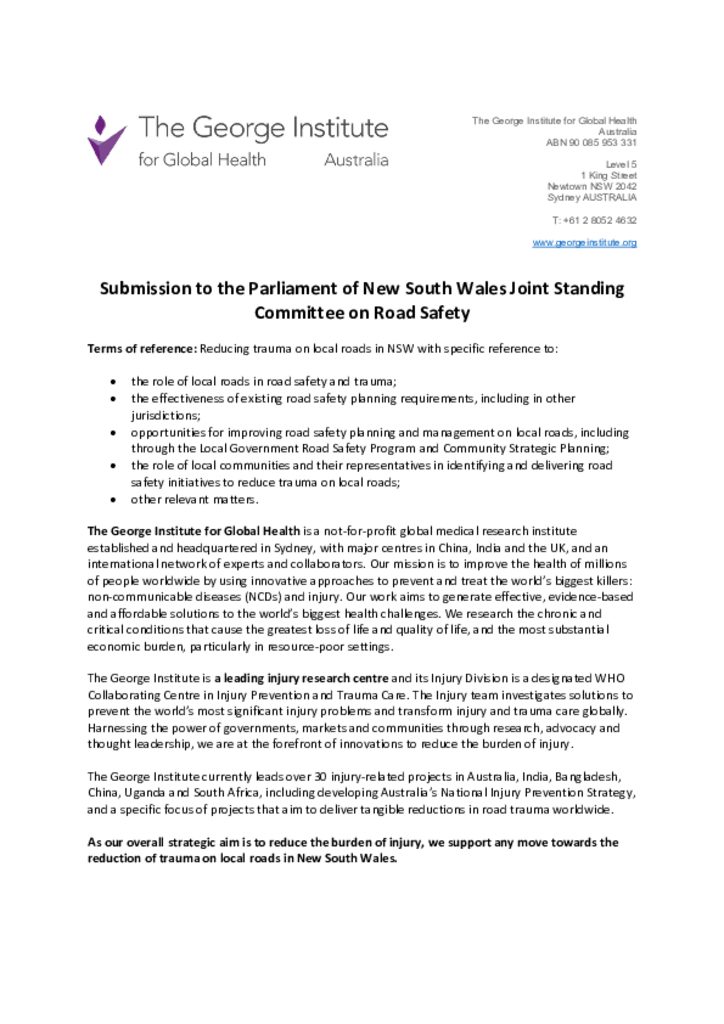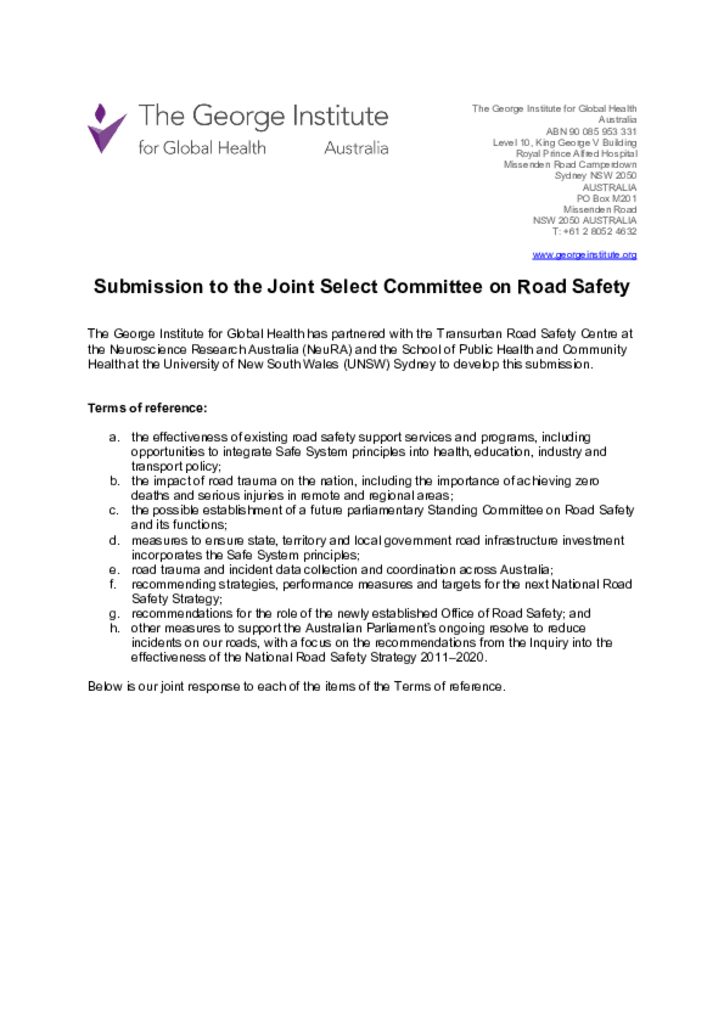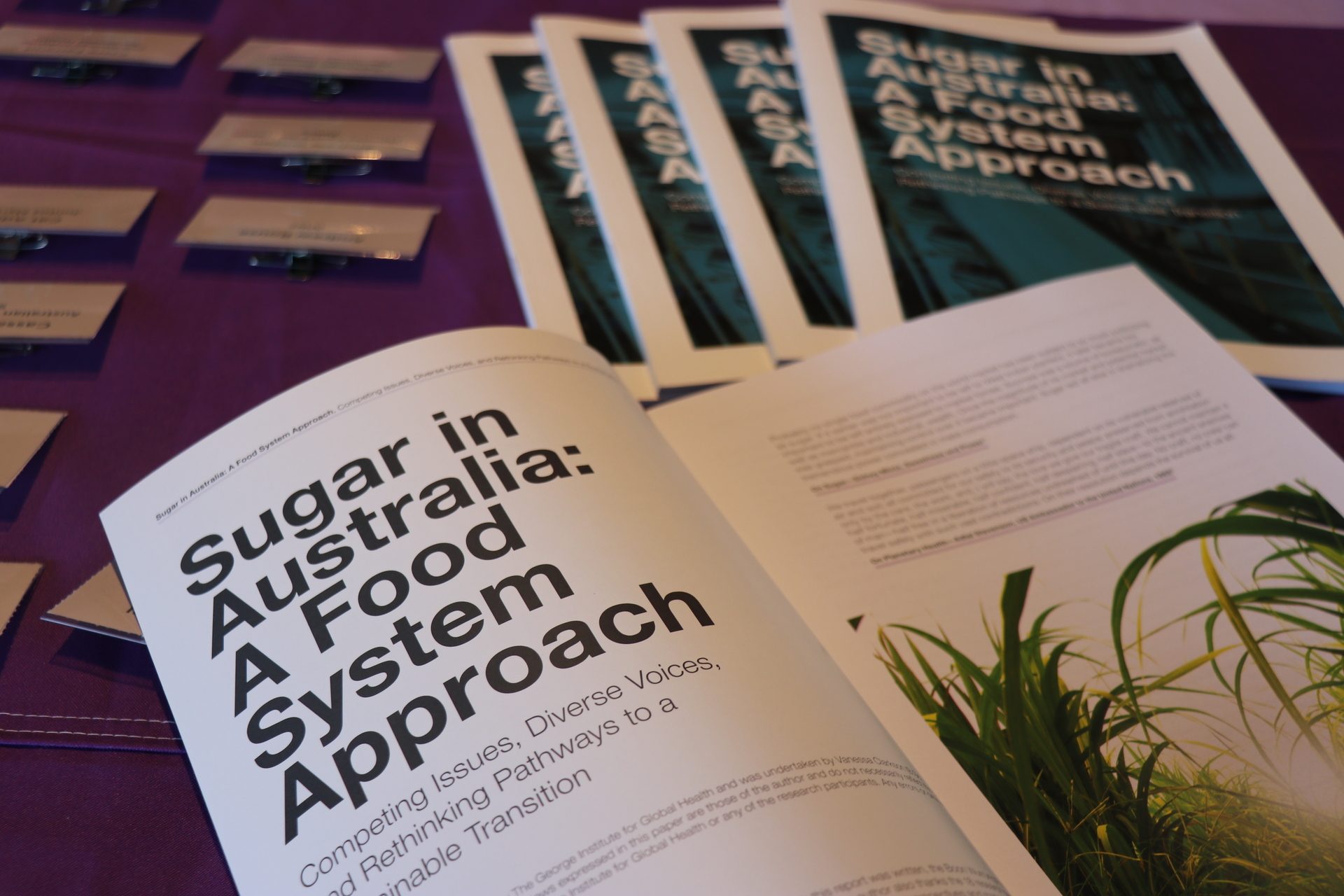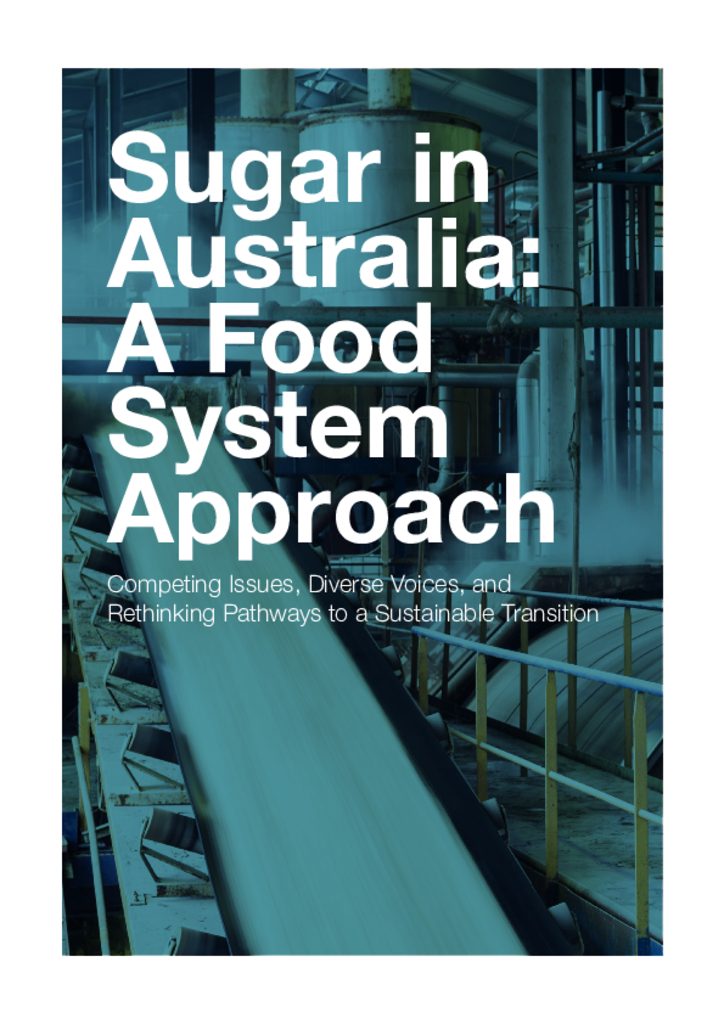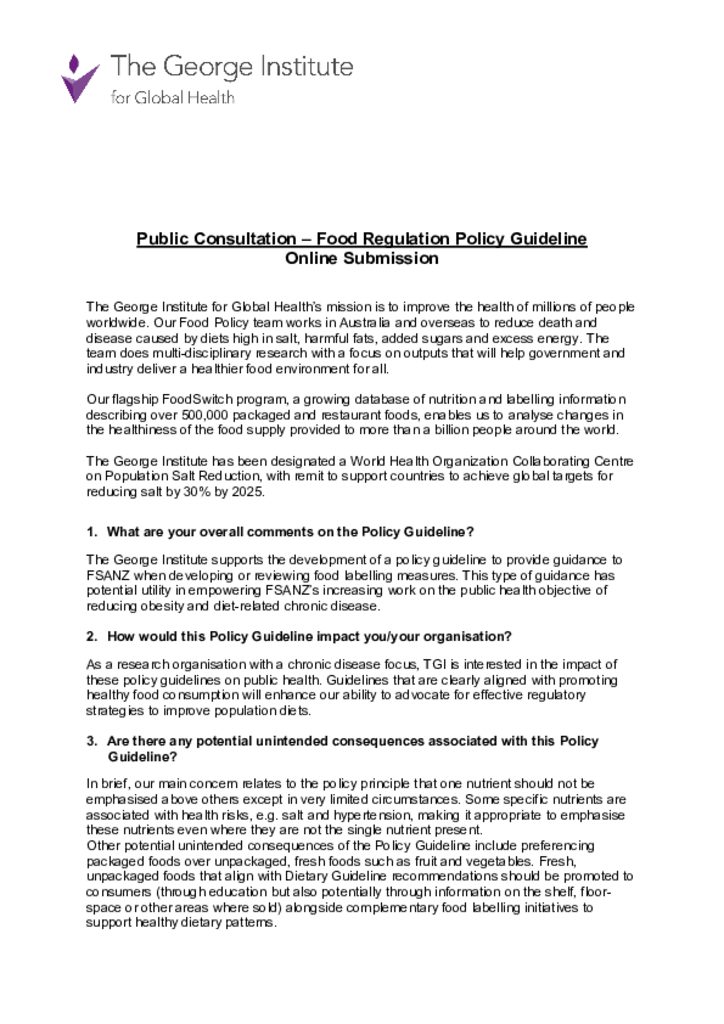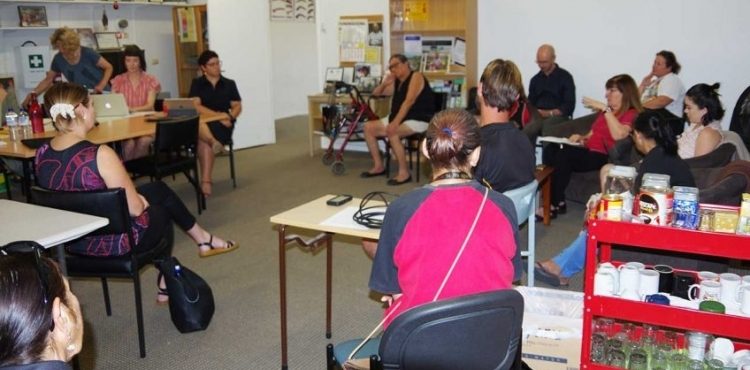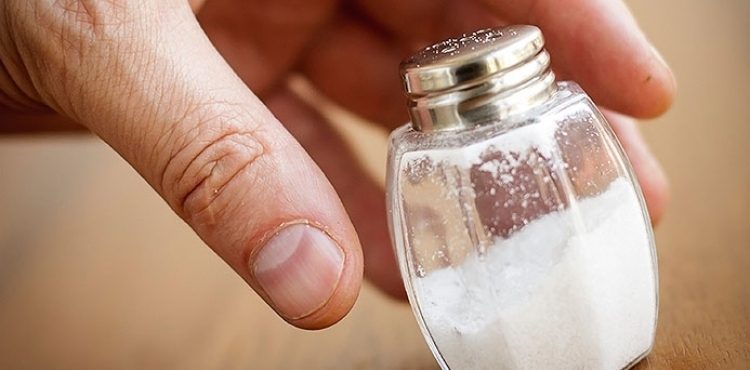In the 2018-19 budget, the Australian Government committed to developing a National Injury Prevention Strategy (the Strategy) in recognition of the ongoing and substantial burden of injury in Australia. This new strategy follows the expiration of the previous National Injury Prevention and Safety Promotion Action Plan (2004-2014).
In March 2019, The George Institute for Global Health was appointed by the Federal Department of Health as the Project Lead to facilitate and write the Strategy. The George Institute partnered with the Australasian Injury Prevention Network, Monash University and the Ngarruwan Ngadju First Peoples Health and Wellbeing Research Centre at the University of Wollongong to develop the Strategy.
The Team:
- Dr Kate Hunter: Senior Research Fellow in the Injury Division at The George Institute, and conjoint Senior Lecturer in the Faculty of Medicine, University of New South Wales
- Associate Professor Julie Brown: Program Head of the Injury Division at The George Institute, and Associate Professor at UNSW Sydney
- Dr Amy Bestman: Research Fellow, Injury Division, Conjoint Lecturer, UNSW Medicine, University of New South Wales
- Jacek Anderst: Research Associate, Injury Division, The George Institute
- Keziah Bennett-Brook: Manager, Aboriginal and Torres Strait Islander Health Program, The George Institute
- Chelsea Hunnisett: Policy and Advocacy Adviser, Global Advocacy & Policy Engagement, The George Institute
- Professor Lisa Keay: Head of the School of Optometry and Vision Science and Honorary Professorial Fellow at The George Institute
- Dr Ben Beck: President of the Australasian Injury Prevention Network, Deputy Head of Prehospital, Emergency and Trauma Research, School of Public Health and Preventive Medicine, Monash University.
- Professor Kathleen Clapham: Director, Ngarruwan Ngadju First Peoples Health and Wellbeing Research Centre, University of Wollongong.
- Dr Jane Elkington: Principal, Jane Elkington & Associates.
What will a National Injury Prevention Strategy do?
The National Injury Prevention Strategy will create a national focus on injuries and their prevention.
The Strategy has priority areas for action around injuries that place a high burden on the community, particularly on groups at high risk of injury, for which there is evidence of promising injury prevention approaches. The Strategy will complement rather than duplicate existing strategies and frameworks for action.
The National Injury Prevention Strategy is being developed in recognition of the following:
- Injuries are the leading cause of death of all people aged 1-44 years yet are rarely a focus of national attention;
- Intentional and unintentional injuries are preventable;
- There is demonstrable success in some areas (e.g. road trauma) with lessons that can be applied to other areas;
- Given the aging population, increasing urbanisation, climate change and associated increasing extreme weather events and prolonged periods of heat and drought, many types of injuries are expected to rise, placing increased pressures on the health care system;
- Change will require coordinated action across many and varied departments and agencies – health, transport, housing, urban planning, work health and safety, social services, education, policing and justice;
- There is a need for focused, evidence-based action that will ensure that emphasis is placed on preventing injury among people and population groups most at risk.
What types of injury will be covered in the Strategy?
The Strategy adopts the Aboriginal and Torres Strait Islander holistic view of health. Injuries are not just the physical harm caused by an external event, but the spiritual, emotional and cultural aspects of harm. This means that injury prevention should focus not only on reduced hospital bed days or lives lost, but also the safety and emotional well-being of individuals as well as the whole community.
An injury event can be caused by the exchange of energy between the environment and a person, or by the sudden absence of oxygen or warmth, which take the body beyond its bounds of resilience. Whether physical, psychological or social harm, injuries can be unintentional or intentional. In 2002, the World Health Organization broadened this definition of injury from physical injuries to include psychological, maltreatment or deprivation.
The Strategy addresses these broadest definitions of injuries – the physical, cultural, spiritual and community cost of injuries. It addresses intentional injuries, including violence and self-harm and unintentional injuries, including road traffic injuries, falls, sports-related injuries, poisoning, drowning and burns, although many of these latter types of injuries can also be the result of intended harm.
How is the Strategy being developed?
In developing the Strategy, actions to date and planned include:
- Two round table discussions in March 2019.
- A literature review June 2019. The review was conducted by a collaboration led by The George Institute and provided a summary of current data on the burden of injury in Australia and available evidence on intervention strategies that address this burden.
- An Expert Advisory Group, comprising representatives from government and non-government organisations, was appointed to advise development of the Strategy.
- Ms Tiali Goodchild (Chair), Assistant Secretary, Preventive Health Policy Branch, Population Health & Sport Division, Australian Government Department of Health
- Ms Pamela Binnington, Director, Evidence and Strategic Policy, Safe Work Australia
- Colette Colman, Director, Policy and Strategy Development, National Rural Health Alliance
- Dr John Crozier Chair, National Trauma Committee Royal Australasian College of Surgeons
- Mick Drew, Australian Sports Commission
- Prof Caroline Finch, Deputy Vice-Chancellor (Research), Edith Cowan University
- Ms Jessica Hall, First Assistant Secretary, Department of Infrastructure, Regional Development and Communications
- Prof Rebecca Ivers, Head of School Public Health and Community Medicine, The University of New South Wales
- Ms Andrea Kelly, Branch Manager, Health and Wellbeing Branch, Social Policy and Programs Group, National Indigenous Australians Agency
- Mr Justin Mohamed, Commissioner for Aboriginal Children and Young People, Commission for Children and Young People
- Dr Matthew O'Meara, NSW Chief Paediatrician, Health and Social Policy Branch, Maternity, Child, Youth and Paediatrics, NSW Health
- Mr Nick Pascual, Director Child and Family Health Section, Early Years and Engagement Branch, Indigenous Health Division, Department of Health
- Dr Brett Shannon, Occupational Registrar Non-executive deputy chair, LIME Medicolegal and Phoenix Occupational Medicine Brisbane Aboriginal and Torres Strait Islander Community Health Service
- Ms Lyndall Soper, Deputy – Monitoring and Reform, National Mental Health Commission
- Ms Vicki Sweeney, Acting Director Policy and Governance Section, Alcohol, Tobacco & Other Drugs Branch, Population Health & Sport Division, Department of Health
- Ms Marissa Veld, Head, Injuries and System Surveillance Unit, Health Systems Group, Australian Institute of Health and Welfare
- Ms Ashley Walsh, Director Children’s Policy, Children Policy Branch, Department of Social Services
- An outline of the Strategy was developed August and the Expert Advisory Group provided feedback on that outline in September 2019.
- Stakeholder consultations August - October 2019 to provide input into the framing and priorities of the Strategy.
- Draft Strategy developed and feedback received from the EAG, November 2019.
- Draft Strategy to be released for broad public and government feedback via the Australian Government Department of Health Consultation Hub.
How to get in touch
If you have any questions about the Strategy, you can email InjuryStrategy@georgeinstitute.org.au
Additional Reading
Round Table Consultation Report – March 2019
National Injury Prevention Strategy – Literature Review


